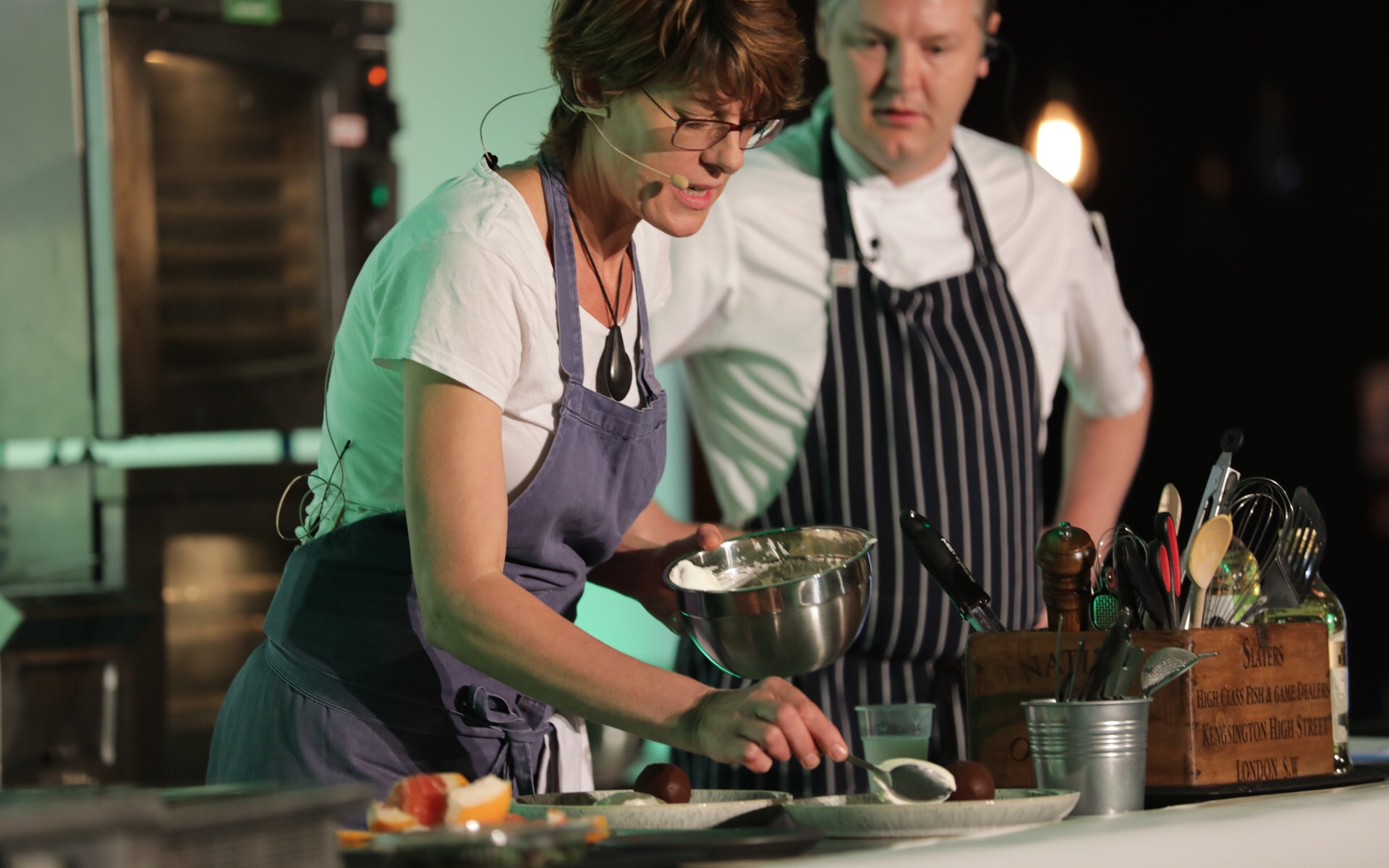
This June we held our first Culinary Congress – bringing together 16 chefs over two days to explore their culinary influences, seeking to feed your creativity and to break your creative routine. As we said at the start of the first day, "routine can be dangerous, so we wanted to try something different and exciting." We take a look back at the event, and pull out 10 key take away points from the amalgamation of ideas, inspiration and innovation we encountered.
Boundless Cuisines
“Fusion means I'm not limited by cuisine, by a culture or by a religion, I can pick whichever flavours or ingredients I want from around the globe" – Anna Hansen, The Modern Pantry.
Nearly everyone was blending savoury with sweet and using ingredients, flavours and seasonings from other cuisines, countries and regions. For example, Atul Kochhar showed his quinoa-based interpretation of Indian street food Bhels (Bhelpuri) or Anna Hansen fusing liquorice, pandan, chilli and hibiscus in the form of a Baked Alaska. This gastronomic freedom means that rule-breaking reigns supreme. This is clearly hugely important to these chefs, as Tom Aikens revealed, “I try to send my chefs around the world as much as I can; it's great to see chefs' appetite for travel and learning getting bigger and bigger. As chefs, we're so much more willing to share things these days – recipes, methods, techniques etc. – because we all have different ways of cooking in our own countries."
Eye-First Food
“It's all about the colour – getting the colour in (as well as the flavour, of course!)," Claire Clarke MBE.

Many chefs spoke of visual appeal being as important as taste. They talked about using colour contrast, height, moulds, shape, the power of three and visual texture. 3 Michelin Star Chef Claire Clark reflected this new extreme visual vibrancy in her UK patisserie, using bright, clashing colours, glitter and flowers. Claire also spoke of giving the everyday a splash of artistry; we see this as a wider social and cultural force, and it is clearly a huge consideration for chefs as well.
Low and Slow
We saw Pierre Koffmann's olive oil confit salmon fillet, Tom Aikens' sous-vide egg yolks, David Carter marinating brisket to make pastrami and then cooking for 9-hours, Judy Joo maturing her kimchi for up to 2-years and Tim Anderson smoking eggs at 68 degrees with Lapsang tea. Low and slow cooking allows you to retain both flavour and structural integrity, instead of damaging the defining qualities of the raw ingredients.
Keep It Local & Seasonal
"Seasonality of the food is the most important thing for me – we're very, very, very lucky in this country to have such amazing produce. Working closely with, and being proud of the suppliers, was the founding principle for Tom's Kitchen; being proud of our seasonal produce," Tom Aikens, Tom's Kitchen.
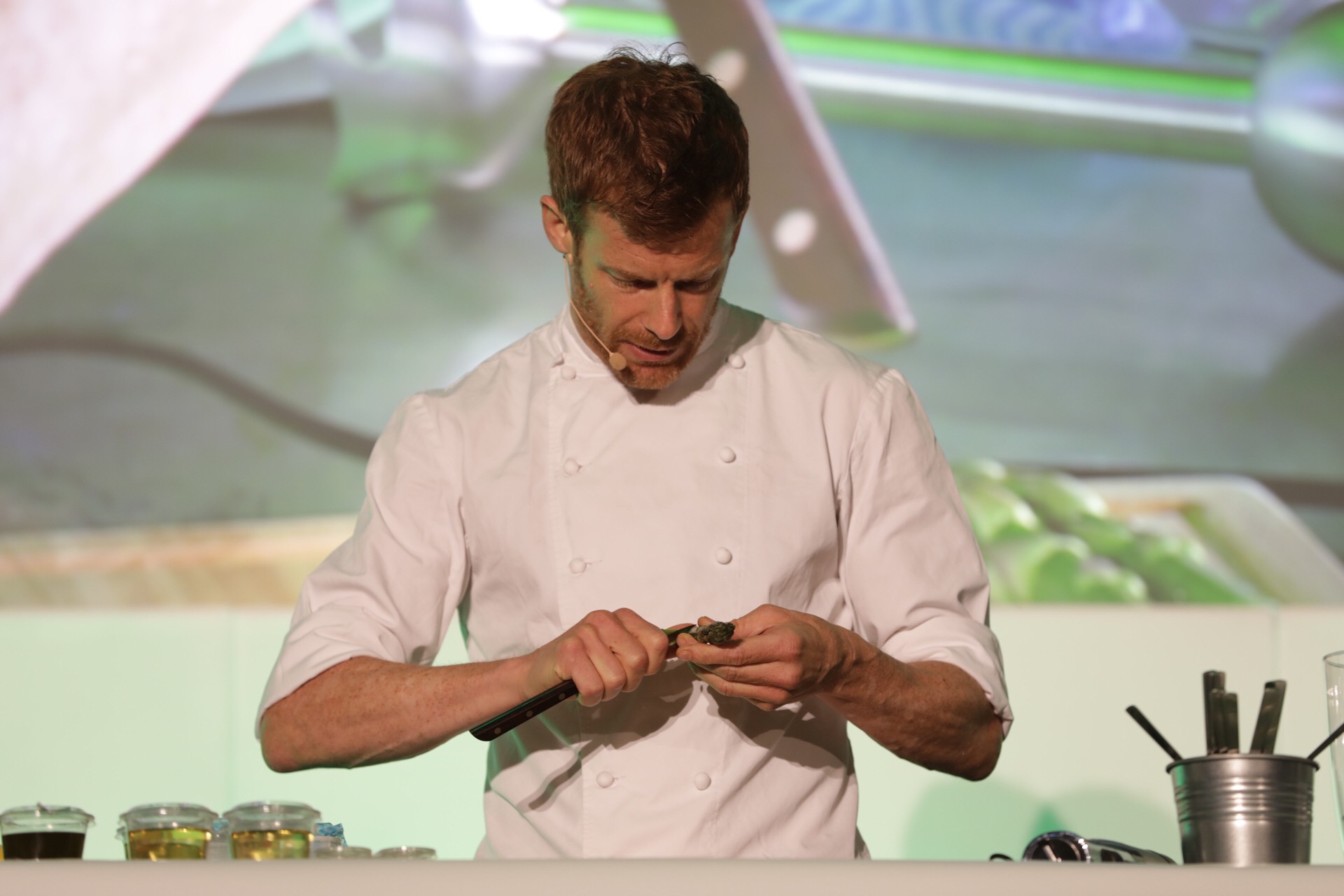
Quenching a thirst by all for using unloved British, local and, crucially, seasonal ingredients were the Michelin starred Benares chef Atul Kochhar who used watercress in his dish, or the team at Silo who forage for Alexander (similar to lettuce), green tomatoes or mushrooms every Tuesday. Woodland bounty and florals were also used heavily by Claire Clark, including peach, rose and, of course, elderflower (with lemon) following the Royal Wedding in her sample delicacies. Even Ben Tish imports very little for his Moorish cooking – "with the focus on provenance and local, in terms of meat, the only thing I would import would be ingredients like Iberico pork which you simply can't replicate in the UK."
Finding Foundations
“Modern cuisines need to be anchored in the past – in terms of culture, techniques etc. - but [as a chef within that cuisine] you need to be open-minded and travel a lot. They're rooted in tradition, but looking to the future," Greg Marchand, Frenchie Restaurant.
All chefs without exception talked about only being able to innovate from a secure skill or knowledge base. For some, such as Tom Aikens, that was a classical or formal training in the world's most prestigous fine dining restaurants; for others, such as Tim Anderson, his deep knowledge came from living and travelling across Japan. With this skill and knowledge you can then innovate, challenge norms and break rules. As Tim says of his famous Brixton-inspired Curried Goat Ramen, "[it] is a Japanese dish that starts in China, and features a star that is a Caribbean dish based on a Sri Lankan recipe!"
Creativity starts with a difficult question or a new perspective
“The driving force behind everything I do is to use beauty to tackle a problem – find a problem and create a beautiful solution that makes it better." Doug McMaster, Silo.
Jeremy Chan and Iré Hassan-Odukale from Ikoyi spoke of taking inspiration from different worlds to challenge culinary boundaries. In the case of their signature Plantain with Raspberry Powder and Scotch Bonnet Aioli, they were inspired by what they imagined the dish would look like if it came from Mars! They then then applied this to native West African ingredients and dishes. Particularly when you're speaking about notions of authenticity or tradition, Greg Marchand believes “[these] can be a brake to doing something great; they must be respected but we [as chefs] can challenge it."
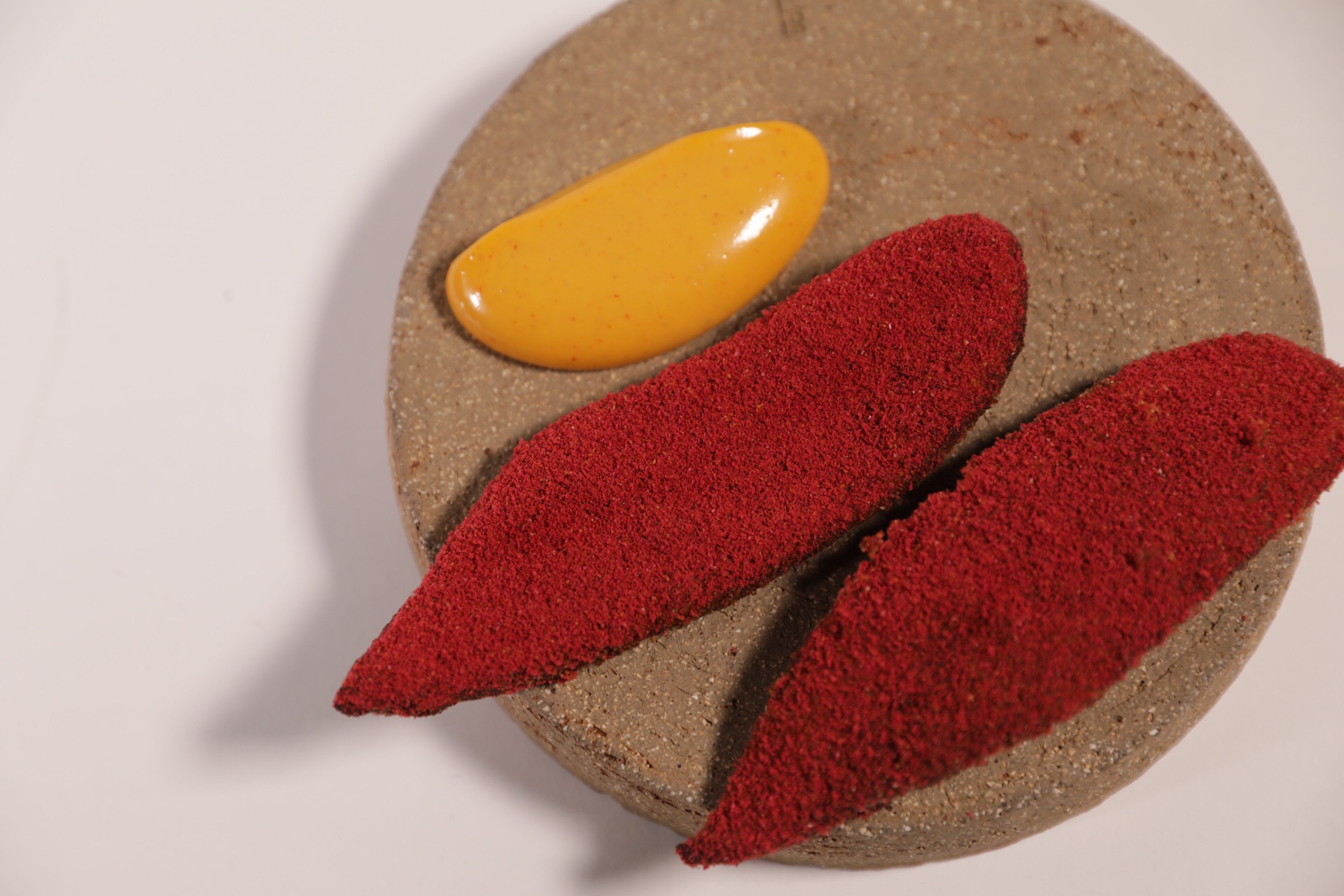
Waste - Beyond an Industrial Problem
"Look at a problem such as waste and see it as an opportunity – it shouldn't be an anxiety- or fear-based reaction, rather an exciting and need-driven challenge," Doug McMaster.
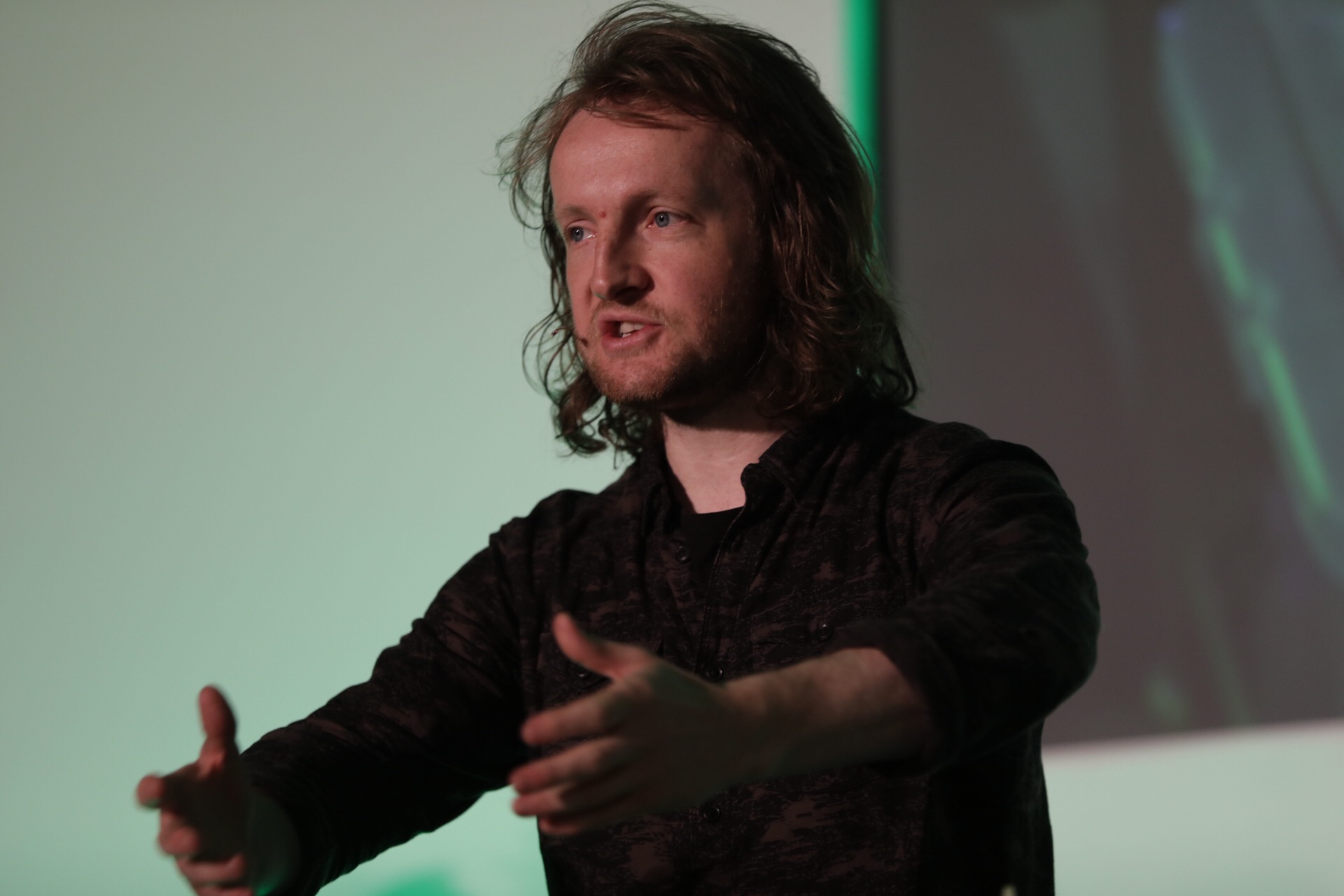
Silo's Doug McMaster saw himself as the Tesla of restaurants; "You buy a Tesla because it looks great, it's fast AND it's the right thing to do… Silo is my idea of the right thing to do!" In his approach to overcoming the huge challenge to go waste free, he challenged us to "understand the nature of food, what it takes to produce it, as that will change your behaviour immediately. It's criminal some of the things I've witnessed in kitchens in terms of food waste." As well as the very visible waste that goes in the bin, Doug spoke of 'off-grid waste'; for example, Japanese knotweed is a garden pest the government is prepared to pay you to solve, yet you can cook with it and it tastes just like rhubarb! He's also ingeniously recycling his glassware into crockery using pioneering technology, proving you don't need a bin for anything! And it's not just Doug – as Claire Clark said (from a category beset by issues of waste), "our contribution to reduce food waste is not just a gimmick, we're entirely committed to tackling this massive issue that is here to stay, and it feels good!"
Plant-Based is Here to Stay
"They say plant-based eating is new, but it's been around forever. Plant-based isn't just a trend, it's not going anywhere," Derek Sarno, Wicked Healthy.
Many chefs cited a client-led demand as well as chef interest in cooking and eating vegetables, from 'part-time plant based' to vegetarian to vegan. We discussed a variety of reasons for this from ethics, cost and environmental impact. It was Derek Sarno, however, who most challenged our thinking and demanded we consider a world where we don't consume protein from animals (at least some of the time!). Indeed, as he put it "I think people aren't happy and are becoming more aware politically, environmentally, ethically, healthily – whatever freakin' reason! There is no harm to eating plants beyond a bruised ego because you thought eating meat or fish used to be good! Remember, gluten-free isn't a choice, but veganism is." Derek talked about his desire to create dishes that were as satisfying and umami rich as many meat-based dishes, but that only use vegetables (mushrooms in particular). He spoke of the creative freedom that he feels without the 'constraint' of animal protein, and the bountiful colours within plant-based food as opposed to "brown" meat. Finally, he observed the differences in terminology, and how it was important to him to lead with 'plant-based'. Speaking of his Wicked Kitchen range in Tesco, "I fought not to have 'vegan' on the pack. It's f*!?&!g delicious food. Period. It's not something you have to palette, it's not medicine, it's delicious food. The 'vegan' word to me is a barrier, because if I was a meat-eater I wouldn't even f*!?&!g consider it."
Hot Ingredients of the CCL
Pandan, Asparagus, Barberry, Liquorice, Sumac, Egg, Miso, Sorrel, Smoked Paprika, Finger Limes, Mushroom, Hibiscus, Rose, Ruby Chocolate and Calamansi.
Food is Simple
"The best marron, wagyu or tomato, for me, is just simple as it comes, maybe with a touch salt or oil to get the very best out of the produce,"Justin James, Vue de Monde Melbourne.
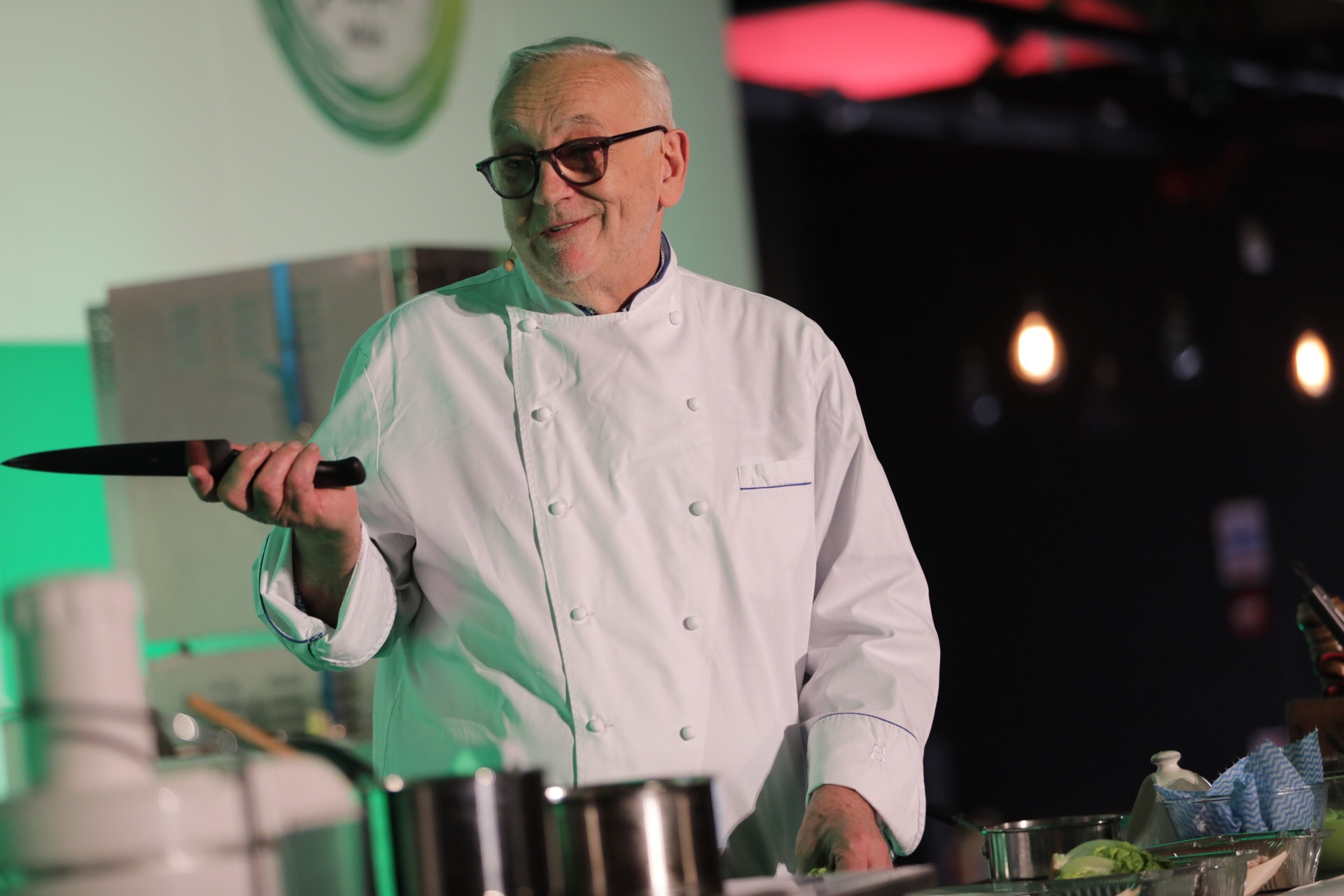
At the end of the final day, the legendary Pierre Koffmann brought us all back to the timeless point that the secret of good food is simple; it's about cooking what you enjoy and making people happy. "The proudest moment in my career has been whenever my restaurant is full of happy customers – the [Michelin] Stars are nice, but I do it for the noise of a happy restaurant." Perhaps, in a world where everything is permissible, we'll come full circle back to clearly-defined culinary structure and definition? As Pierre observed, "you need everything in life – it's great seeing diverse global street food and drinks here [at Hawker House], but there will always be a place for Classic French. At least I hope there will…!" He shared – perhaps unsurprisingly! – that his fridge at home always has Dijon mustard, eggs, white wine and Camembert. And as his last words simply reminded us, "The difference between good food and bad food is a pinch of salt."